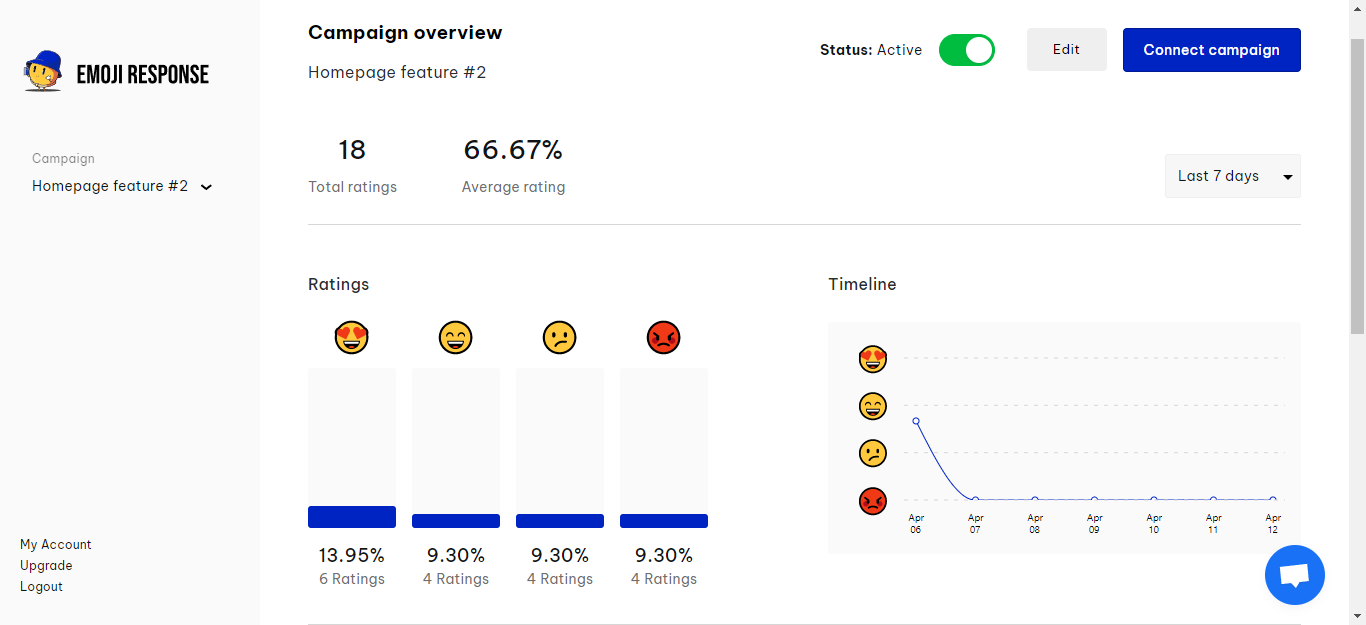6 Strategies to Promote Your eCommerce Brand to Millennials and Gen Z

Image Source:
Pexels
Digital marketing for eCommerce brands isn’t the same as it was years ago.
Sure, timeless strategies like SEO and email marketing are still important. But as Millennials and Gen Zers mature in terms of buying power, businesses scramble to meet the new generation’s expectations.
What they want are engaging experiences delivered fast and in formats they prefer.
In this post, we’ll help eCommerce businesses update their marketing playbook for today’s buyers.
Let’s get started.
1. Tune up your social media strategy
If there’s one thing we know about Millennials and Gen Z, it’s that they love consuming content on social media.
To be fair, online brands were quick to adopt social media marketing strategies in Web 2.0. But with the younger audiences, sharing blog content on Facebook is nowhere near enough to win their trust.
If you’re an eCommerce brand, you need to develop a multi-channel strategy that begins with your social media presence.
Don’t just build your presence on a network because it “fits” your brand’s image.
Remember, social media users have their own online reach. Even if they don’t fit your ideal buyer’s profile, they might share your content across other platforms—exponentially increasing your visibility.
Millennials and Gen Zers, in particular, spend hours browsing and sharing content on TikTok and Instagram. You can use those platforms to elevate your brand’s storytelling through short-form videos.
Here are a few tips to keep in mind when expanding your social media marketing:
-
Establish content pillars. Build your content strategy around pillars like “behind-the-scenes” videos, motivational posts, product demos, and tutorials.
-
Keep it organic. Post frequently, but don’t make it all about your products. Balance it out by publishing about your company culture, everyday routines, and so on.
-
Invest in video tools. With the right video editing tools, you don’t need to hire a video production team to create professional clips for social media.
-
Automate your posts. Use scheduling tools like Later or Hootsuite to create an automated posting schedule that matches your audience’s behavior.
-
Start listening. Look for brand mentions or tags and respond to social media users appropriately. Highlight positive comments and offer assistance to users who post negative feedback.
-
Adopt hashtags. Research hashtags that your target audience uses and inject them into your content for maximum searchability.
2. Get feedback from your customers
If you want to know the best way to promote your eCommerce brand to modern
audiences, why not ask them directly?
Ask for your customers for feedback using the common language of
Millennials and Gen Z: Emojis.
Getting feedback via emojis is an engaging and fun way to encourage your customers to share their two cents about your products, services, and experience with your brand.
Use the feedback emoji tool from Emoji response to create custom feedback forms for your website.
You can use emoji rating widgets instead of numbers or satisfaction rating
scales and gather customer comments.
The tool analyzes the feedback response data, providing you the necessary
data and insights to improve the customer experience, including your brand
promotion and marketing efforts.

Image source: emojiresponse.com.
Leveraging feedback emojis can help you drill down on valuable information to:
-
Optimize your conversion rate
-
Refine your content strategy
-
Improve brand loyalty among customers
3. Double down on influencer marketing
Speaking of social media marketing, the importance of influencer marketing for online brands is greater than ever.
Data from MuseFind reveals that 92% of Millennials trust social media influencers more than A-list celebrities.
Influencers can lend their authority and online reach to your eCommerce brand—granting you instant exposure and potential customers. Just be sure to find the right influencer and structure campaigns that will make the most out of your collaboration.
Below are a few tips on how to find the right influencer for your business:
-
Mind your audience. Vet influencers and check if their following aligns with your brand’s targeting strategy.
-
Look at their previous projects. Review your prospective influencer’s previous sponsored posts and determine if their style can convey your message effectively.
-
Use trusted influencer marketing networks. Influencer marketing platforms like Upfluence will help you find seasoned and versatile influencers.
4. Update your email marketing
Yes—email marketing still works on Millennials and Gen Zers.
You just need to ditch your outdated, catch-all email strategies and focus on a more personalized approach.
The first thing to keep in mind is to use email as a tool to connect with users on a personal level.
Gen Zers will trust a brand that shares their values, be it on gender equality, environmental awareness, and diversity. Make sure your emails reflect your support through and through—from your photo attachments to your language.
It’s also important to tailor delivery to the recipient’s activities and lifestyle.
For example, if you want to send emails, make sure it’s delivered at the time they usually check their inbox.
Email marketing automation tools can help you send emails in a timely manner. Furthermore, it can help you send promotions and offers on specific days, like holidays and your recipients’ birthdays.
Don’t forget to optimize your email marketing strategy over time. Choose from the best email optimization tools that can help you track anything from your automation campaigns to integrations.
5. Revamp your website with a mobile-first approach
Millennials and Gen Zers are more likely to use their mobile devices to browse the web than a personal computer.
In the past, simply slapping on a mobile-friendly or responsive theme did the trick. Today, you need to build your website from top to bottom while prioritizing the mobile experience.
By everything, we mean absolutely everything. That includes page title tags, clickable elements, and SEO elements.
Apart from investing in content optimization tools, below are a few things you should remember when enhancing the mobile experience:
-
Design clickable elements for tapping. Space out and increase the padding of clickable elements, like “add to cart” buttons and links, to make them easier for mobile users.
-
Create experiences for swiping. Use whitespace and seamlessly stitch page sections together for a more engaging swiping experience.
-
Preview page designs on mobile. Various tools, including the built-in DevTools for Chrome, lets you preview how your pages look on mobile.
6. Keep content tracking a top priority
It doesn’t matter how many experts pool together to compile a list of “best practices” for eCommerce marketing.
The fact is, nothing is guaranteed to work for everyone.
Each online business grapple with unique challenges and circumstances that require different solutions. At best, “proven” practices only serve as your starting point for building a marketing strategy that works for your brand.
What every online brand needs, however, is ongoing content monitoring that fine-tunes their campaigns based on results.
Google Analytics, for example, can help you track your top-performing content and monitor performance metrics. These will help you make data-driven decisions when adjusting your eCommerce marketing strategies.
Conclusion
Whether you like it or not, Millennials and Gen Zers are the future. And the sooner you embrace the changes they bring, the more profitable your eCommerce business will be.
The strategies above should help future-proof your online business and exceed your revenue goals. Whatever you do, don’t forget to keep testing and improving your strategies regardless if they succeeded or not.



















